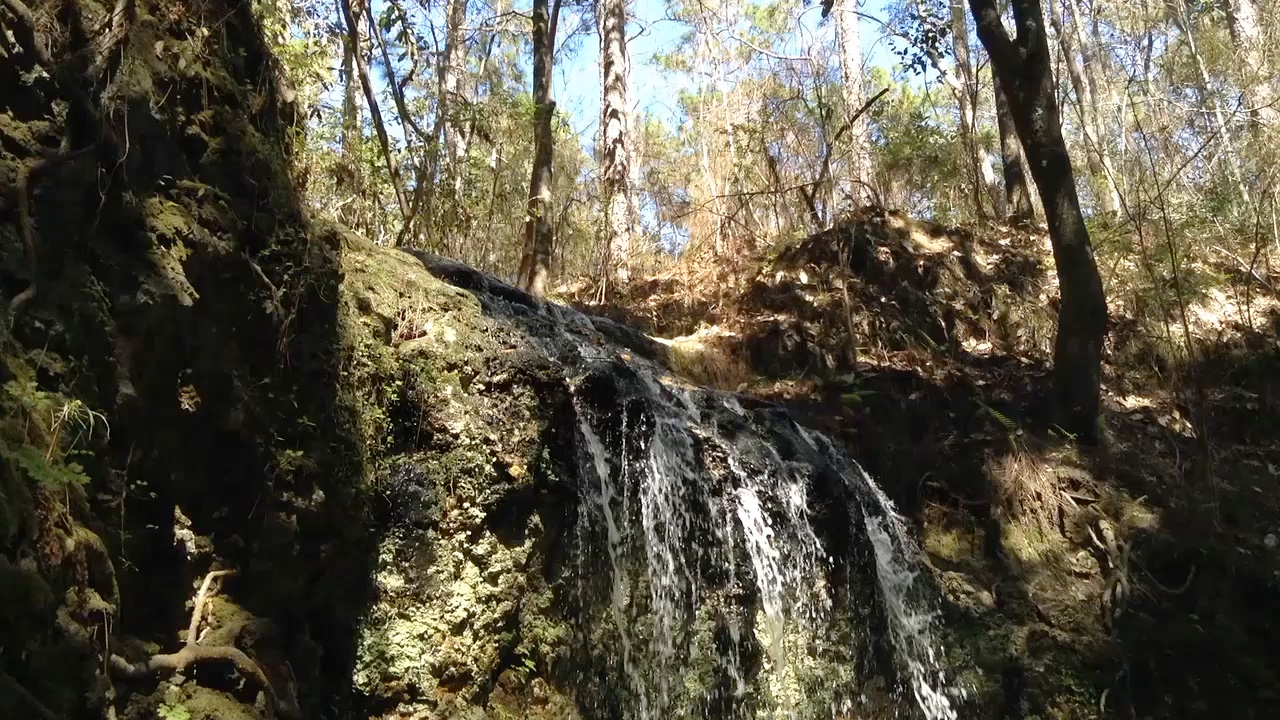
First of all, did you know Florida even had waterfalls? Secondly, did you know the tallest waterfall in Florida is just a short drive away from Panama City? There are only a handful of waterfalls found in Florida and none can compare to the 73-foot drop of this one. This impressive waterfall can be found only at Falling Waters State Park. Falling Waters State Park is considered one of Florida’s hidden treasures. This state park was the first to win the National Gold Medal for state parks two years in a row. The park covers over 171 acres of rolling hills covered in towering pine trees and sawgrass that blows in the wind. Looking out past the picnic area and playground presents a scenic view reminiscent of the foothills found in more northern states like Georgia or Alabama. The main walkway is a boardwalk that takes you down towards the falls passing several sinkholes filled with luscious green ferns. Visitors can descend a wooden stairway into a 100-foot deep by 20-foot wide sinkhole where the waterfall plummets 73 feet into a dark cave at the bottom of the sinkhole. It is a beautiful sight to behold, and it is hard to believe something like this even exists in Florida. The numerous sinkholes surrounding the area are quite an interesting feature as well. Numerous signs and plaques line the boardwalks and trails to describe the local flora, fauna, and history that encompasses the entire park.
Falling Waters State Park is located at 1130 State Park Road Chipley, FL 32428. The park can be found approximately 45 miles north of 23rd Street in Panama City if taking state road 77. It is 3 miles south of Chipley. It is about 1 mile south of I-10. After following the signs and turning onto the road that leads to Falling Waters State Park, beautiful farmland can be seen. The road is quite striking being lined with numerous pecan trees and majestic oaks.
Falling Waters State Park opens at 8 am every day and closes at sunset. The park is open 365 days a year. The cost for a vehicle to enter the park at the time of this writing is $5.00. Additional fees apply for camping. There are several well-maintained bathroom facilities with water fountains throughout the park. There are many picnic tables with grills surrounding the main playground. There are two covered pavilions that are available for reservation. The park also features a seasonal butterfly garden along the main trail.
Hikers will enjoy the various boardwalks and miles of trails that run throughout this pristine natural setting. Pets are permitted in the park as long as they are kept on a leash no longer than 6 feet, and they must be well-behaved. Campers are welcome at the twenty-four campsites that feature picnic tables, fresh water, electrical power, in-ground grill, and even a clothesline. Bathrooms with showers are provided near the campground and swimming area. At 324 feet above sea level, the campground is situated on one of the highest elevations of any campground in Florida. A park ranger offers a circular fireside chat every Saturday, seasonally, where an interpretive talk is given and a slide show is presented. There is a 2-acre cool water lake that has a designated swimming area that features a white sandy beach to relax on. Fishing is permitted in the lake provided the people fishing have the appropriate fishing license.
The history of the Falling Water State Park is quite fascinating as well. Native Indians lived in the same area the park now resides during the British occupation of Florida in 1778. Native Indian warriors used the sinkholes and caves as hideouts during the Seminole wars as they fought against Andrew Jackson. The area was once mined by native Indians and others for colorful rocks found in the vicinity that were used to make paints and dyes. During the civil war, the waterfall powered a gristmill that was used to grind corn into cornmeal and grits. In 1891, the site was used by a legal whiskey distillery and provided alcohol to a wine shop that catered to frontier railway construction workers. One of Florida’s first oil wells was established on the park premises in 1919, inspired by an a 400-year-old Spanish diary and local Indian legends claiming there was oil here. A steam-powered rig and tall wooden derrick were assembled to drill for the oil. After drilling to a depth of 3,900 feet, a false alarm from a gas blow gave locals false hope of an oil gusher and potential oil boom, but alas no oil was found. They continued to drill all the way down to 4,912 feet but never found enough oil to be commercially viable. In 1921 the well was capped. In 1963 the state park began to be developed. It has been under continual improvement until this day and now is one of the finest parks in the state. Falling Waters State Park is quite a unique park, especially for Florida. It is steeped in history and is situated in a beautiful natural location. So, do yourself a favor and visit the park then you can tell everyone you meet that you have seen Florida’s Tallest Waterfall.
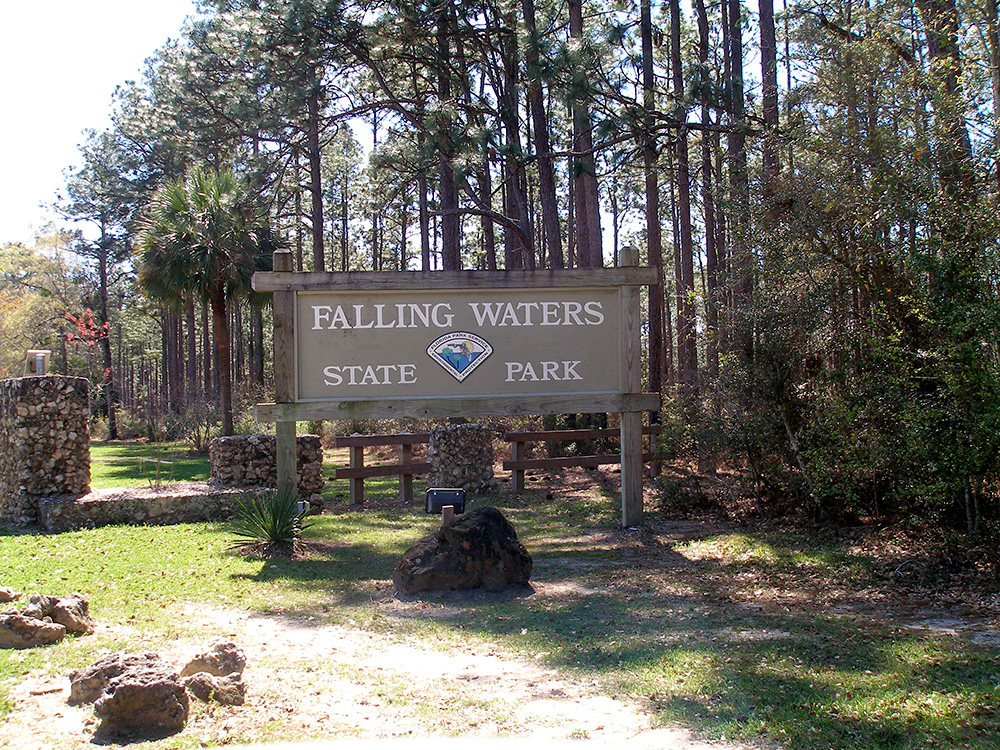
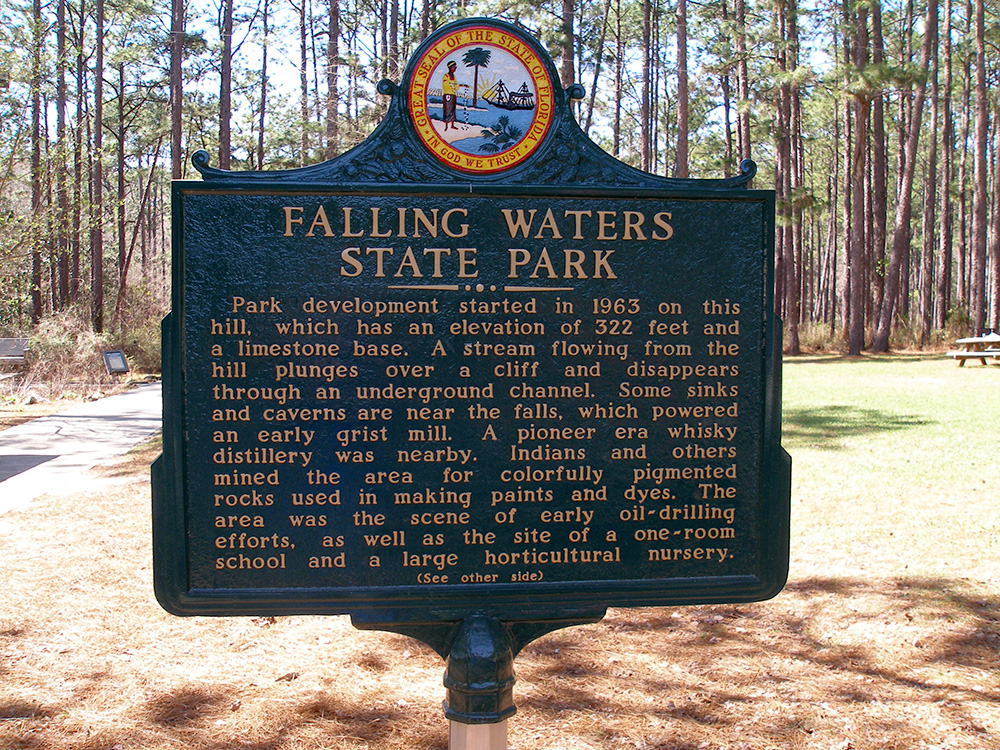
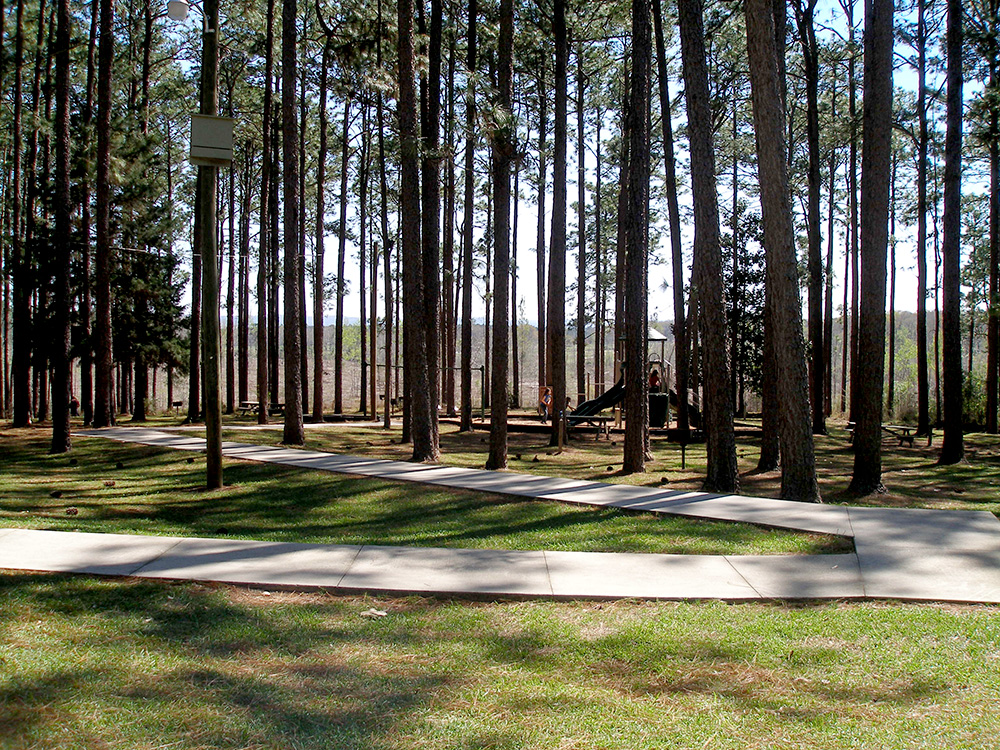
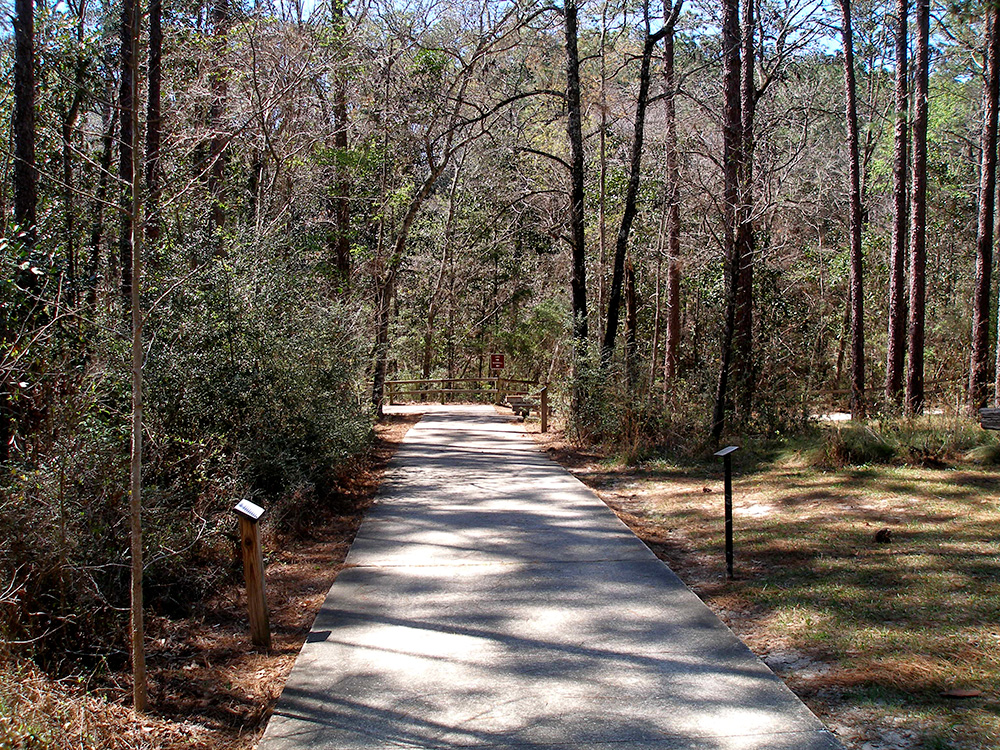
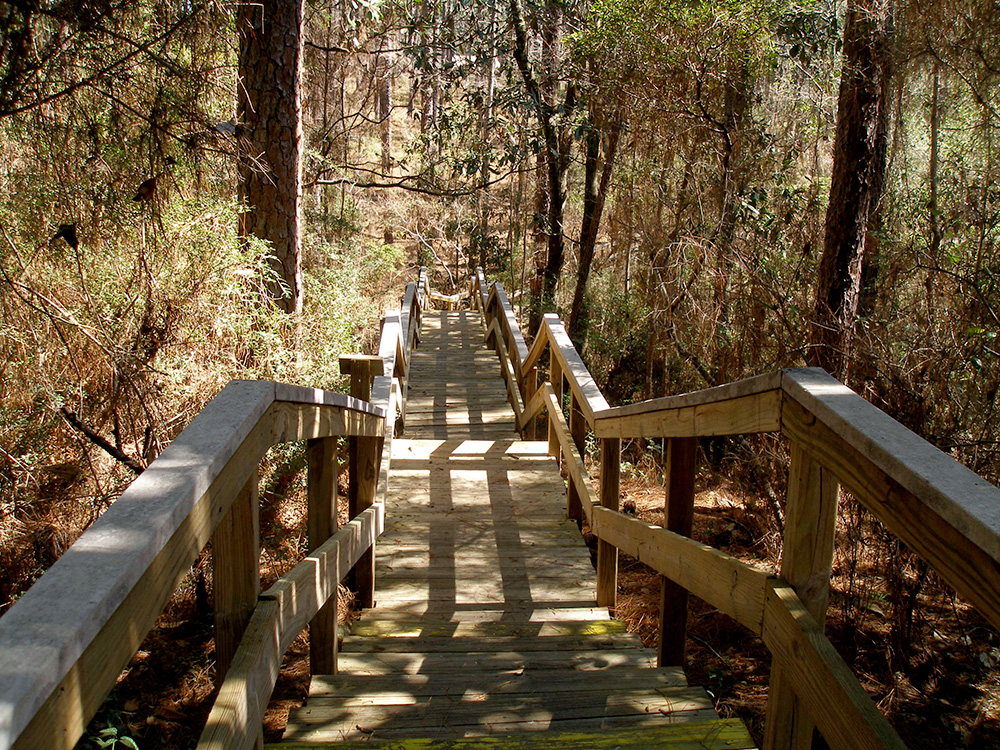
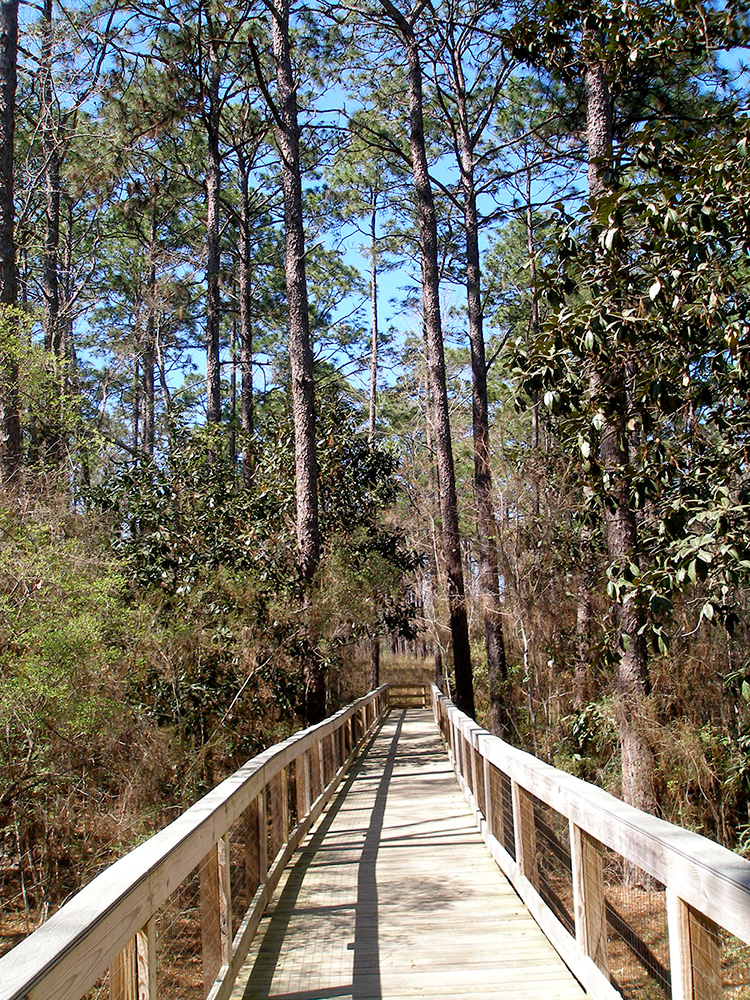
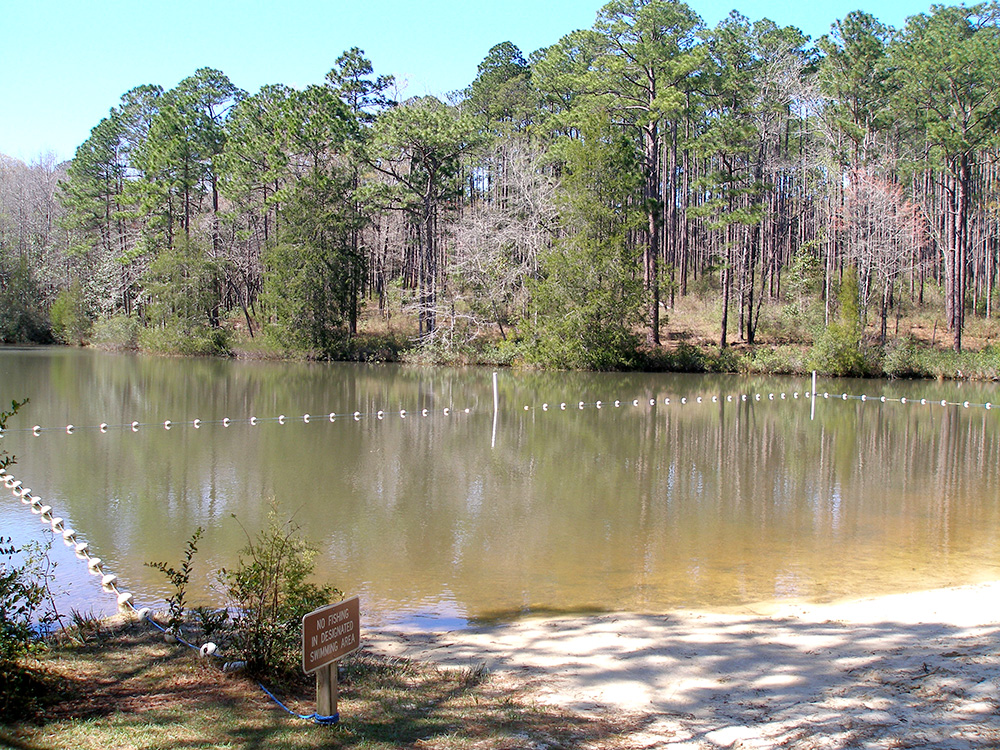
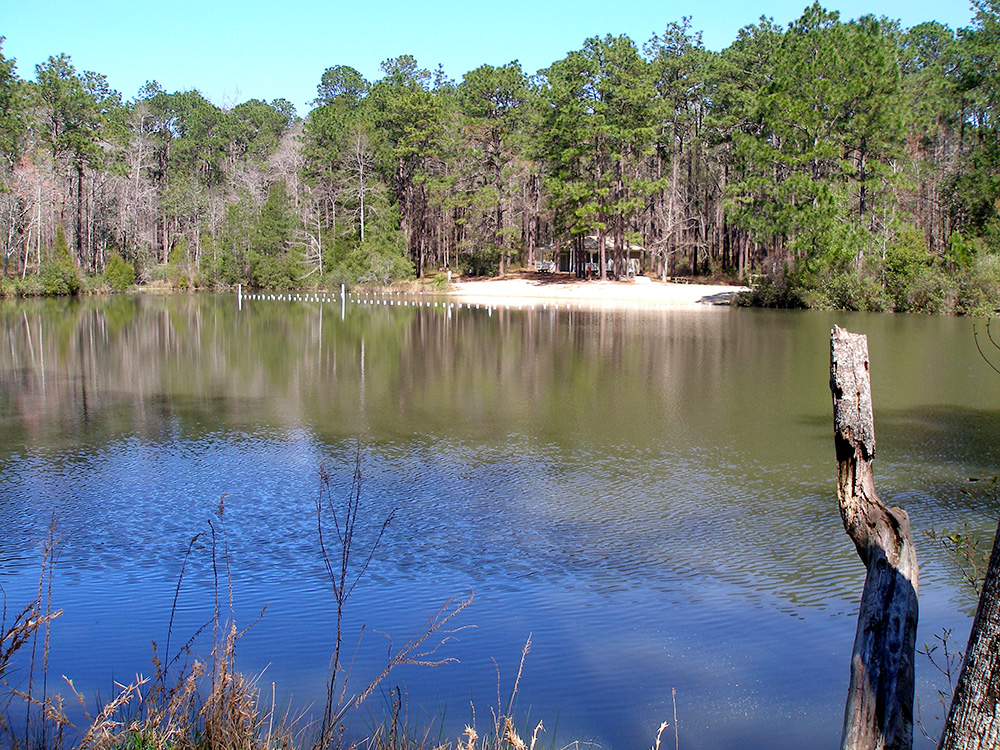
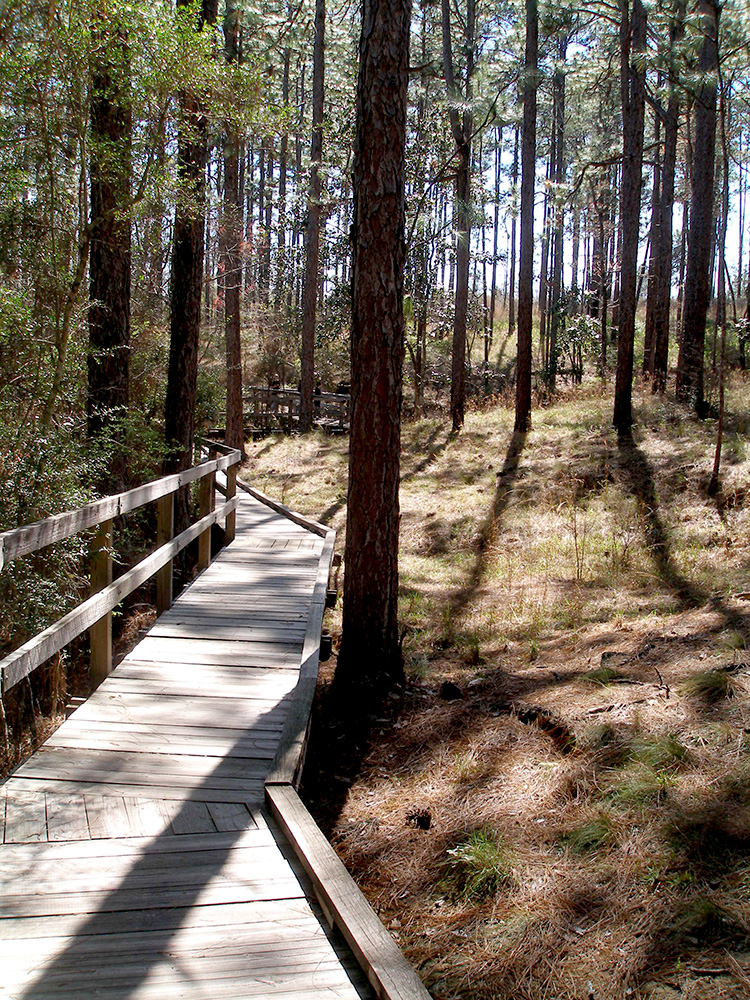
ABOUT THE AUTHOR
MICHAEL TALBOT
Student Author - Spring 2018






